How to Treat 5 Common Insect Bites in Australia
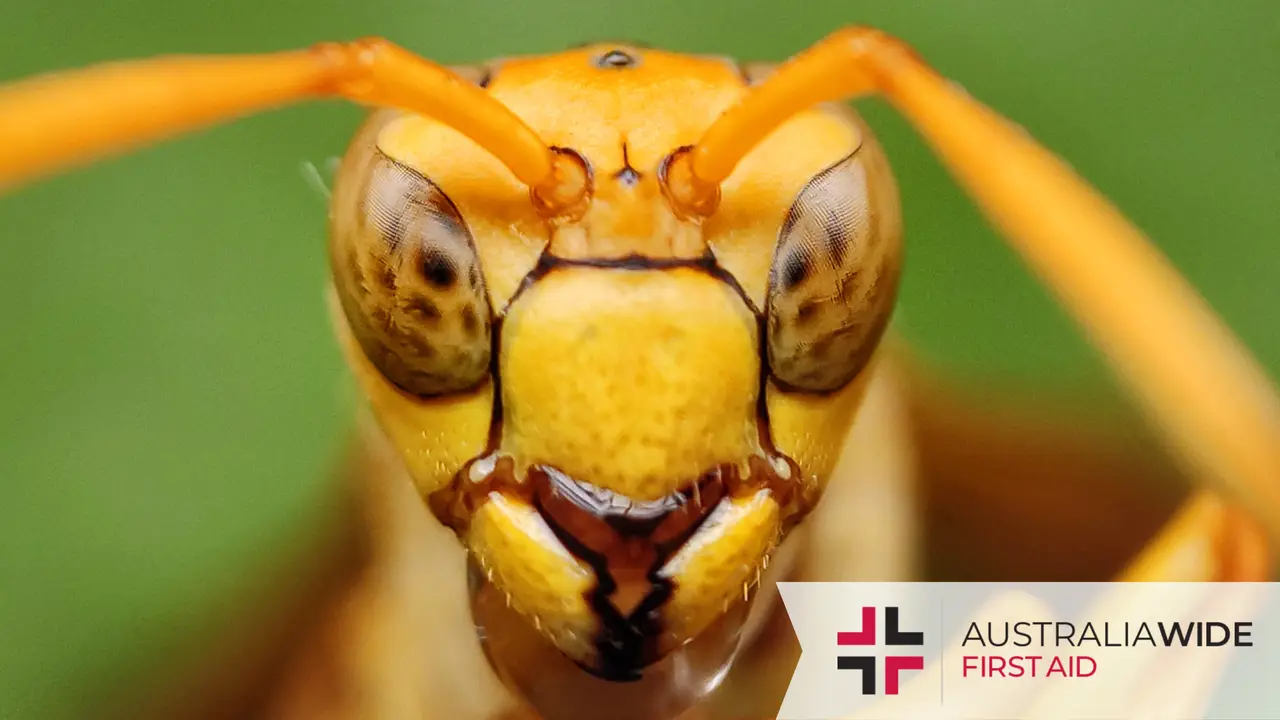

When people think of the dangerous animals they could encounter in Australia, they will typically list the larger species like Great White Sharks and Brown Snakes.
But what many don’t realise is that even the smallest of Australian insects can be just as dangerous.
And between their microscopic size to their ability to disappear before you realise you have been bitten, it can be difficult to determine whether you have been bitten or stung and if it is dangerous or not.
Continue reading to learn more about how to identify and treat the five most common insect bites in Australia.
If you would like to learn further first aid for other insect bites and other health conditions, click here to sign up for our general first aid course or childcare first aid course.

Ticks are arachnid parasites that feed on animal and human blood.
The most common species of tick to bite humans is the Paralysis Tick, which is found in eastern Australia.
They are commonly found in outdoor environments with long grass and vegetation where they can drop onto passing by animals and humans. The symptoms of a Paralysis Tick Bite are:
Tick bites can also trigger an allergic reaction in certain people, which presents the additional symptoms of:
When treating a tick bite, it is important that you kill the tick with a spray containing ether before removing it from your skin. This prevents the tick from injecting its saliva that contains toxins into your bloodstream. Antihistamines can be taken to relieve the itching sensation; however, the local reactions will resolve with time.
If an allergic reaction is triggered, the person should be taken immediately to a hospital or emergency health facility.
For more information on treating and preventing tick bites, click here to see our Ticks First Aid resource page.
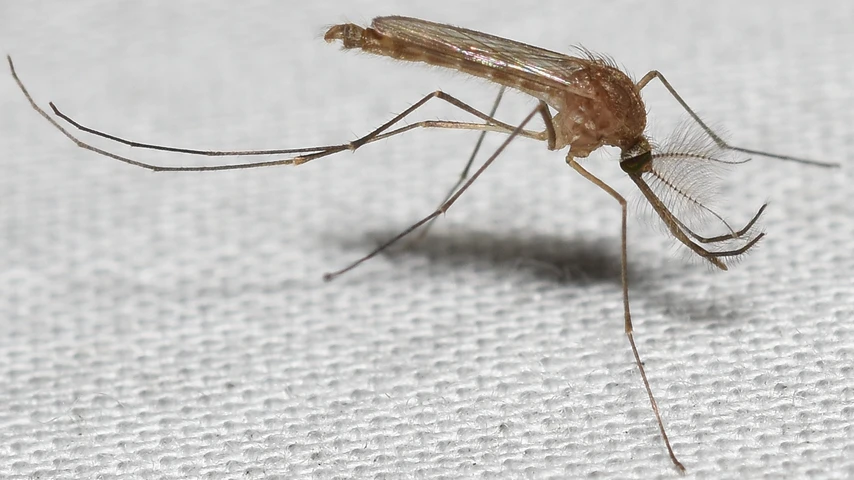
The mosquito is a water-borne, flying insect that feeds on blood to survive and reproduce.
They are typically found in warmer climates with high amounts of water such as La Nina rainfalls or flooding. The “floodwater mosquitos”, such as the Hexham Grey, are the species of mosquito known to bite humans.
The immediate symptom of a mosquito bite is a puffy, white, and reddish bump that is itchy. It is important to not scratch a mosquito bite as this will only worsen the itch and increase the risk of infection. There are many methods of relief from the itching of a mosquito bite, such as:
It is uncommon for a mosquito bite to trigger an allergic reaction, but the bite can pass on mosquito-borne diseases such as Zika virus, West Nile virus, and Malaria.
To learn more about mosquito-borne diseases and first aid for mosquito bites, visit our educational page here.
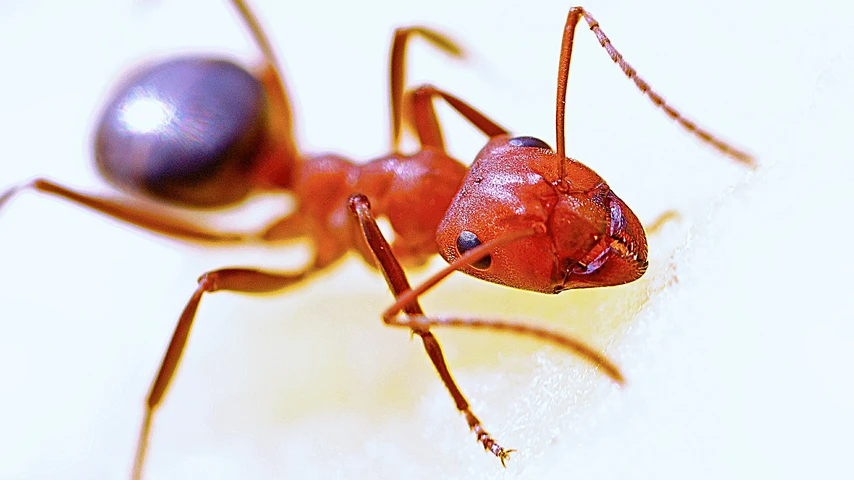
Although most ants are too small to bite a human, several species in Australia can trigger uncomfortable symptoms and even life-threatening allergic reactions.
Ants commonly live in outdoor environments within compact soil that has minimal ground cover or vegetation.
Green Ants, Carpenter Ants, Bull Ants, Fire Ants, and Jack Jumper Ants are the species of ants known for biting humans. All ant bites have the following symptoms in common:
Fire Ants, Bulls Ants, and Jack Jumper Ants have a more painful bite than common ants. The bite from these three species will also cause longer-term pain and burning sensations. There is also a higher risk of their bite triggering an allergic reaction, resulting in anaphylaxis.
Medical attention should be sought immediately for ant bites that trigger a severe allergic reaction. For milder symptoms, cold packs and pain relief can help reduce swelling and relieve the pain.
The pain should subside the same day and the inflamed area will typically heal within a week from the bite. Our Comprehensive Guide to Ants in Adelaide and Fire Ants resource page provides more information on treating and preventing ant bites.

Despite being regularly grouped with insects, spiders are part of the arachnid group that is essential to the ecosystem to keep insect populations under control.
Most spiders are typically inhabit outdoor areas, creating webs in dry areas such as around rocks, and inside sheds. Many spiders will also migrate inside in warmer seasons. Most spiders are relatively harmless and are only known to bite if they feel threatened or their webs are disturbed.
Funnel Web Spiders, Mouse Spiders, White Tailed Spiders, and Red Back Spiders are the species with higher reports of dangerous bites resulting in deadly reactions if not treated immediately. The following symptoms could indicate a venomous spider bite:
If a venomous spider bite has been identified, the following action should be taken immediately:
Once these measures have been taken, medical help needs to be sought out immediately for an anti-venom to be administered. For more information on treating spider bites, see our resource page here.
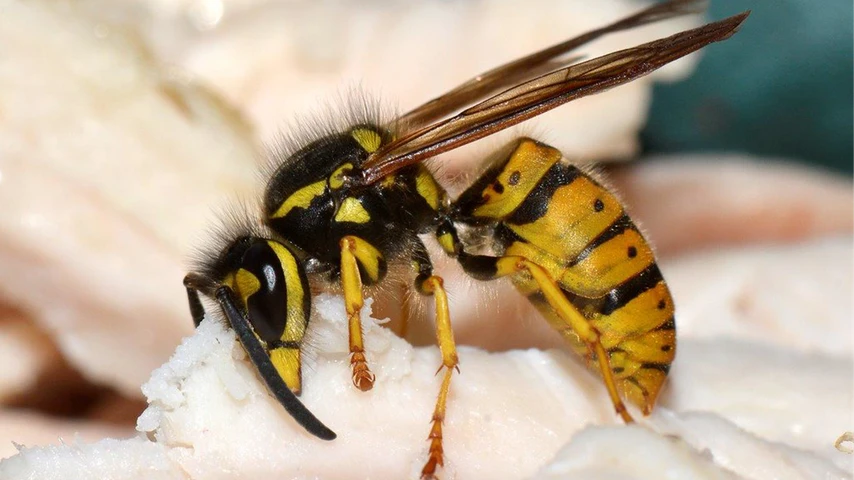
Bee and wasp stings are very common in Australia, with bee stings being the number one allergy leading to hospitalisations throughout the country.
Bees are less aggressive than wasps, with bee stings occurring because they have been stood on when walking outdoors.
Wasps, such as the European wasp, are far more aggressive and will live in warm, human environments as they are attracted to food and drinks. Unlike a bee, wasps do not lose their stinger when they sting a human, so they will sting multiple times instead of just once.
The immediate symptoms of a bee or wasp sting are redness around the affected area, pain, and itching. If the person is allergic to bee or wasp venom, anaphylaxis may occur, and medical attention should be sought immediately.
If the person does not have an allergic reaction, the area should be checked for if the stinger is embedded in the skin. If so, the stinger should be removed, the area then cleaned and an ice pack applied to reduce swelling and pain.
Our Comprehensive Guide to Bees and Wasps as well as our European Wasp Warning article has more information about preventing and treating stings.
It is clear to see why Australia’s insects should also be considered just as dangerous as our bigger deadly animals.
From painful bites to triggering death-inducing allergic reactions, bites and stings from insects should be treated immediately and safely to prevent pain and discomfort.
For more extensive information about treating insect bites for the five insects discussed in this article, check out our resource pages here.
If you would like to learn first aid for other insect bites and other health emergencies, click here to sign up for our general first aid course or childcare first aid course.
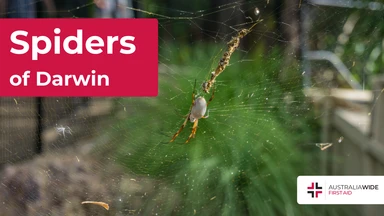
March 11, 2025
Darwin, the tropical capital of Australia’s Northern Territory, is home to a rich diversity of wildlife - including an impressive array of spiders. From the sprawling webs of golden orb-weavers to the cryptic camouflage of trapdoor spiders, these arachnids play a vital role in the local ecosystem. While some may inspire fear, the majority are harmless and even beneficial, helping to control insect populations.

September 4, 2024
Cat bites, while often underestimated, can lead to serious health complications if not treated promptly and properly. Cats' mouths harbour a variety of bacteria that can cause infections in humans.

April 1, 2024
Encounters with wildlife can often be thrilling, but when it comes to the creature known as the drop bear, the experience can quickly turn dangerous. A sharp increase in recent attacks prompts the need for understanding proper first aid procedures in case of an attack.